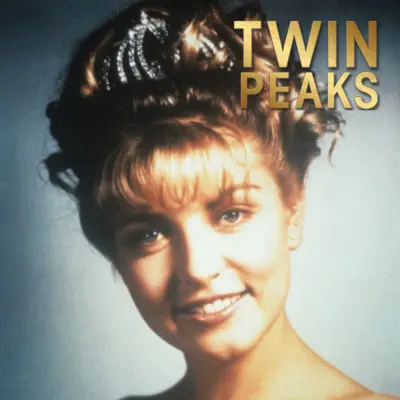Twin Peaks premiered 30 years ago today
-

"For cinephiles of a certain generation, the premiere of Twin Peaks on April 8, 1990 was a seismic event in popular culture, the sort of experience where you remember exactly where you were when you saw it," says Scott Tobias, who adds: "It was like nothing we had ever seen on television, and like nothing we had ever seen in a theater either. Yet there are two important things about the pilot that tend to get forgotten over time. One is that Twin Peaks did not start as the cult phenomenon it would become later, as diehard fans clung to the series through diminishing ratings and a 1992 feature, Twin Peaks: Fire Walk With Me, that caught the zeitgeist too late. The pilot was a bonafide smash, the highest-rated of the 1989-90 season and the fifth ranked show of the week, and about 35 million Americans tuned into ABC to watch it. For perspective, only two primetime telecasts in 2019 had a higher viewership, and they were both football games. It was an impossible (and fleeting) moment when art infiltrated the mainstream, and the Sunday night mystery that introduced characters such as the Log Lady and Nadine, the eyepatch-wearing housewife with a drape obsession. The other surprise, revisiting the pilot, is how emotion defines it as much as eccentricity. Twin Peaks is remembered as a strange show, and it would certainly get stranger as its mythology spun out over three seasons and a movie. The death of Laura Palmer (Sheryl Lee) would become a Lynchian mystery box that had no bottom, just an unending series of dark and surreal revelations about a secret, insinuating evil that lurked on the edges of an idyllic north-western town. But in the pilot, it’s treated more simply as a tsunami of grief that crashes over its characters, who have never experienced losing one of their own, which makes it seem like a sudden death in the everyone’s family."
ALSO:
- Here are the 30 most iconic moments from Twin Peaks' pilot episode
- Here are the 30 best things about the Twin Peaks pilot
- Twin Peaks paved the way for Bates Motel, The Sopranos, Mindhunter, Top of the Lake and Riverdale
- Kyle McLachlan and Mädchen Amick will live-tweet the Twin Peaks pilot today starting at 11:30 a.m. PT, followed by a Q&A on Instagram Live at 1:20 p.m. PT
- COR-on-TeeVee's Twitch stream will show a marathon of rare Twin Peaks content later today, followed by the pilot in its original broadcast format
- EW launches A Twin Peaks Podcast: A Podcast About Twin Peaks
TOPICS: Twin Peaks, ABC, David Lynch, Kyle MacLachlan, Mädchen Amick, Retro TV
